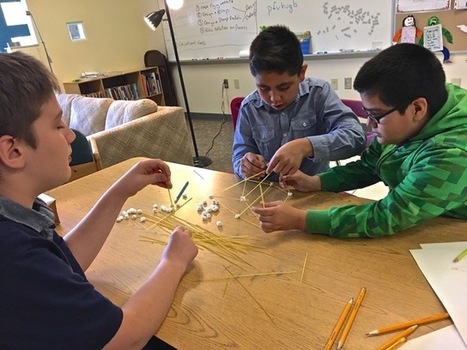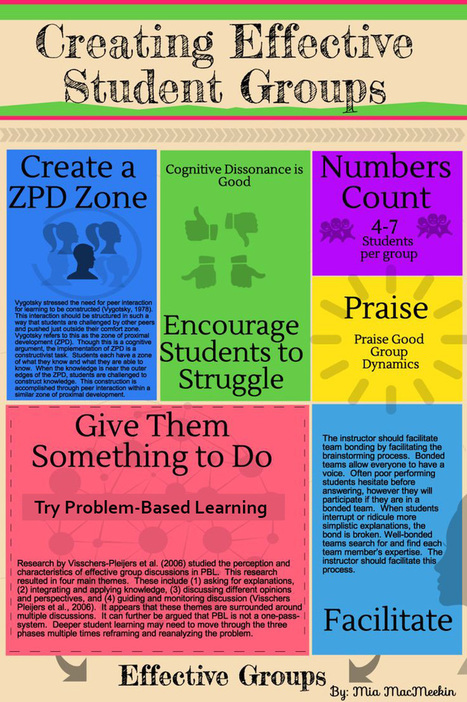Design thinking is an approach to learning that includes considering real-world problems, research, analysis, conceiving original ideas, lots of experimentation, and sometimes building things by hand. The projects teach students how to make a stable product, use tools, think about the needs of another, solve challenges, overcome setbacks and stay motivated on a long-term problem.…
Learn more / En savoir plus / Mehr erfahren:
http://www.scoop.it/t/21st-century-learning-and-teaching/?tag=Design-Thinking
https://gustmees.wordpress.com/2014/10/03/design-the-learning-of-your-learners-students-ideas/



 Your new post is loading...
Your new post is loading...












Le "design thinking" dans l'enseignement 1 er degré